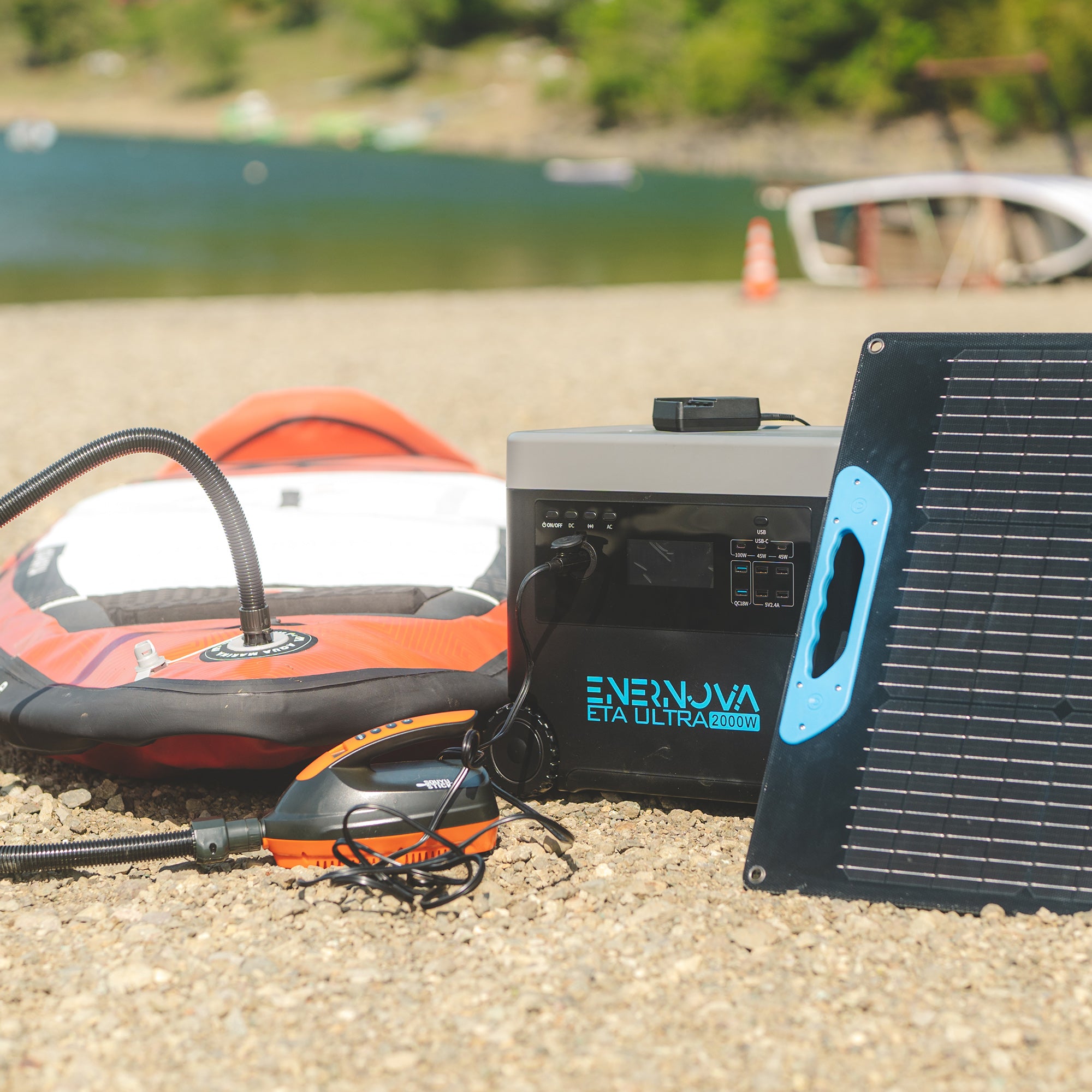How to Charge Portable Power Station?
Ensuring you have enough power while traveling is essential, and a portable power station is the perfect solution. However, it's important to understand the different ways to charge your power station so you can make the most of it and keep your devices powered up when you need them. There are several options for charging a portable power station, each with its own unique advantages. Before deciding which method works best for you, it's crucial to consider all the options.
Charging Methods for Portable Power Stations
When it comes to charging your portable power station, there are three main methods: using a household outlet, a car outlet, and solar panels.
Method 1: Using a Household Outlet
The simplest and most common way to charge a portable power station is by using a wall outlet. Just plug in the provided charging cable and connect it to an appropriate wall outlet. Most portable power stations have a USB-C or DC port that can be used with a wall outlet. Without a doubt, this is the fastest method. For instance, the Enernova ETA portable power station can charge up to 80% of its 288Wh capacity in just 50 minutes using AC + Type-C PD 65W charging, which is five times faster than the industry average. This ensures you can quickly restore continuous power, making it ideal for camping trips or as an emergency backup at home. Additionally, the Enernova ETA can be charged using AC or PD individually, but it’s not as fast as using both together.
Method 2: Using a Car Outlet
Another great method is using your car to charge the portable power station. Connect the station's cable to your car's output port using a car charging cable. This is perfect for short trips like camping or hiking where you might not have access to an AC wall outlet but still need to power your devices. If you choose this method, make sure your car battery and devices are compatible with the car adapter's output voltage to ensure proper charging. The Enernova ETA is compatible with 12V/24V car charging. This method is excellent for long road trips or when you need to charge your devices while driving, although it’s not as fast as charging from a household outlet.
Method 3: Using Solar Panels
If you don't have access to a household or car outlet, a portable power station with solar panel charging capabilities is your best option. To use solar panels, place your power station in the sunlight and locate the solar charging port on the back of the station. Then, connect the power station and the solar panels with a charging cable. Some higher-capacity portable power stations can accept multiple solar panels, which speeds up the charging process. Solar energy is renewable, and once you've purchased the necessary equipment, you can use this free energy indefinitely. However, be aware that charging times can vary greatly depending on cloud cover, sunlight angle, and other factors, so it may not be suitable for quick charging needs on short trips.
Generally, using an AC wall outlet is the fastest method, taking about 2-5 hours for most models. Solar panel charging times vary based on environmental conditions and the number of panels used, typically taking longer than household outlet charging. Car charging can take even longer, ranging from 6-20 hours or more, depending on the battery type and size.
Conclusion
There are multiple options for charging your portable power station, each with its unique advantages. It's important to consider all these options before deciding which method suits you best. Household outlets are typically the fastest way to charge your devices, solar panels offer free renewable energy, and car adapters allow you to charge on the go. Whatever your needs, this guide will help you find the best charging solution for your portable power station.




















